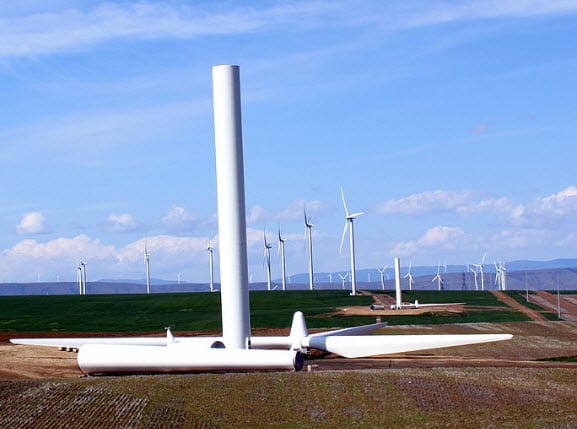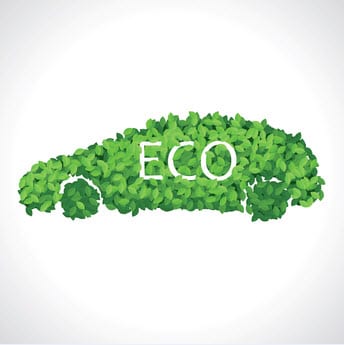
Wind energy losing steam in Denmark
June 3, 2013Denmark provides powerful example for wind energy
Denmark has established itself as a powerful example in the wind energy sector. Like other countries in Europe, Denmark has been taking aggressive steps to embrace renewable energy. This is partly due to economic reasons, but also has to do with the country’s growing environmental concerns. Wind energy has managed to capture the country’s interests over other forms of renewable energy and Denmark is now being considered a leader in the wind sector.
Tariffs help power growth in wind sector
The success story that is Denmark’s adoption of wind energy is largely rooted in the country’s financial support of this sector. Denmark had been home to some of the most aggressive feed-in tariffs for wind energy in the world. These tariffs are meant to provide a financial incentive to encourage the adoption of wind energy. When these tariffs were initially introduced, they sparked a major surge in the wind energy sector. At their peak, the tariffs helped support more than 3,000 community organizations and 150,000 shareholders in the wind energy sector. The government has, however, changed the tariffs, effectively removing much of the financial support that these initiatives were meant to supply.
 Lack of tariffs cause market to stall
Lack of tariffs cause market to stall
Without the tariffs in place, Denmark’s wind energy sector grew stagnant. Growth quickly stalled as companies and consumers lost the ability to embrace wind energy in any significant way. The costs associated with wind turbines and other clean technologies were so high that wind energy has begun to be considered a poor substitute for fossil-fuels. Where Denmark had once shown the progress that could be made in the field of renewable energy with powerful support, the country has now shown what a lack of support could do to the clean power sector.
Costly energy systems met with significant challenges
Part of the reason why government support is so vital to this sector is because of the high costs associated with renewable energy. Installing new energy systems is not an inexpensive venture, as clean technologies are costly. Wind energy systems, in particular, are somewhat expensive because they rely entirely on wind turbines, which are simply too large to be used for individual properties such as homes or singular businesses. Without significant financial support, wind energy systems can be considered more financial trouble than they are worth, thus leading to lackluster adoption.



 HFN News is your leading source for fresh hydrogen and renewable energy updates. Amid the fast-paced growth of hydrogen companies, we provide top-notch news and insights about this exciting sector. Our coverage spans from hydrogen cars to global sustainable initiatives, and we highlight the latest in green jobs and developing hydrogen hubs. We invite you to share your local hydrogen news and explore today’s renewable energy job listings on our site. Thanks for choosing HFN News as your trusted guide to the hydrogen and renewable energy world!
HFN News is your leading source for fresh hydrogen and renewable energy updates. Amid the fast-paced growth of hydrogen companies, we provide top-notch news and insights about this exciting sector. Our coverage spans from hydrogen cars to global sustainable initiatives, and we highlight the latest in green jobs and developing hydrogen hubs. We invite you to share your local hydrogen news and explore today’s renewable energy job listings on our site. Thanks for choosing HFN News as your trusted guide to the hydrogen and renewable energy world!